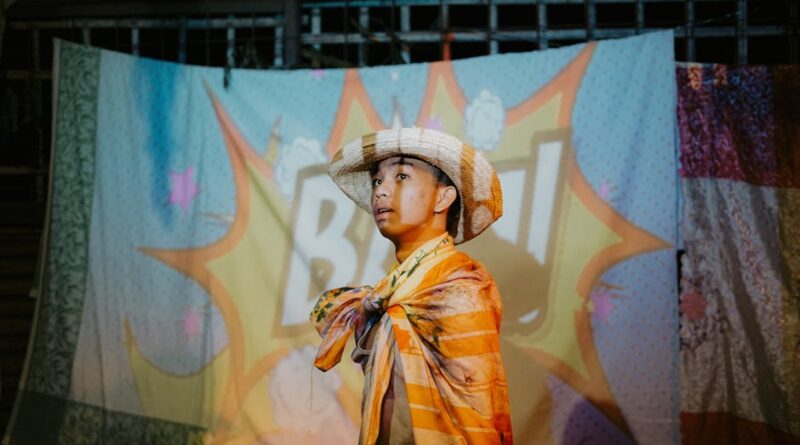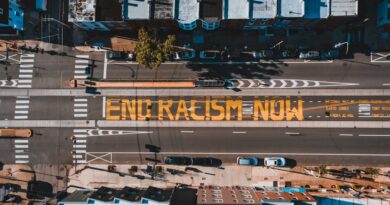Cultural Storytelling Projects: Unveiling the Tapestry of Human Narratives
Storytelling has been an integral part of human culture since the dawn of time. From ancient oral traditions to modern digital platforms, stories have served as a powerful medium for conveying beliefs, values, and experiences across generations. In recent years, cultural storytelling projects have emerged as a dynamic way to preserve, celebrate, and share the diverse narratives that define our world. This article delves into the fascinating realm of cultural storytelling projects, exploring their significance, impact, and potential in today’s interconnected global landscape.
The Power of Storytelling
At the heart of cultural storytelling projects lies the recognition of the power of storytelling as a means of communication, education, and preservation. Stories have the unique ability to transcend boundaries of time, space, and language, connecting individuals from different backgrounds through shared experiences and emotions. By harnessing the art of storytelling, cultural projects aim to amplify voices that may have been marginalized or unheard, fostering empathy, understanding, and appreciation for diverse perspectives.
One notable example of the transformative power of storytelling is the StoryCorps project, an oral history initiative that allows individuals to record and share their personal narratives. Through intimate conversations between family members, friends, and strangers, StoryCorps has captured a rich tapestry of human experiences, highlighting the common threads that bind us together as a global community.
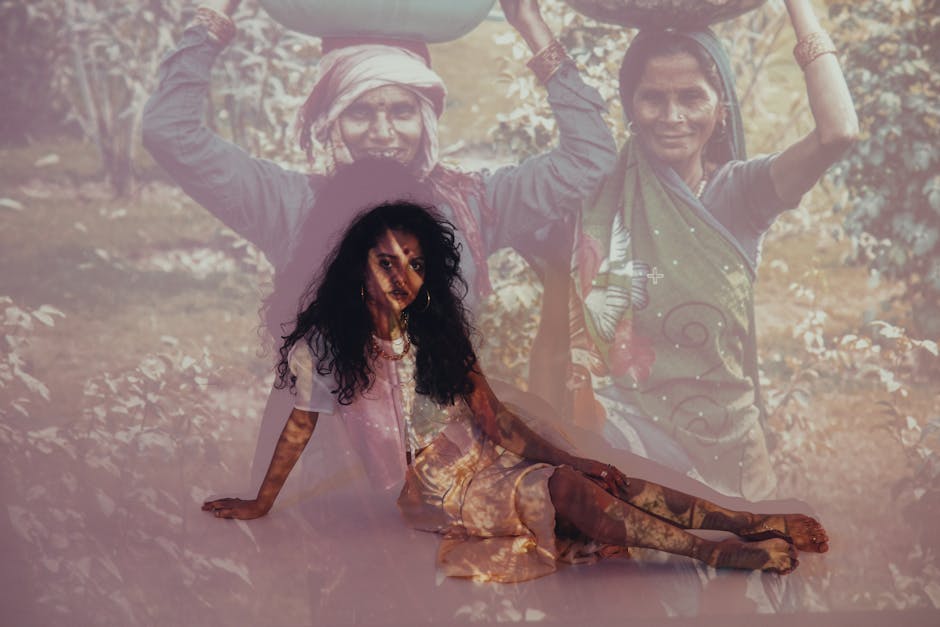
By Darina Belonogova via Pexels
Preserving Cultural Heritage
In an era of rapid globalization and cultural homogenization, the preservation of cultural heritage has become an urgent priority for communities around the world. Cultural storytelling projects play a vital role in safeguarding the unique traditions, languages, and practices that form the bedrock of diverse societies. By documenting and sharing stories that reflect the richness of cultural heritage, these projects help ensure that future generations have access to their roots and identities.
The Indigenous Digital Archive is a groundbreaking initiative that seeks to preserve and promote indigenous cultural heritage through digital storytelling. By digitizing historical documents, photographs, and recordings, the archive enables indigenous communities to reclaim and share their narratives in their own voices. This innovative approach not only preserves cultural heritage but also empowers indigenous peoples to control the narrative of their past, present, and future.
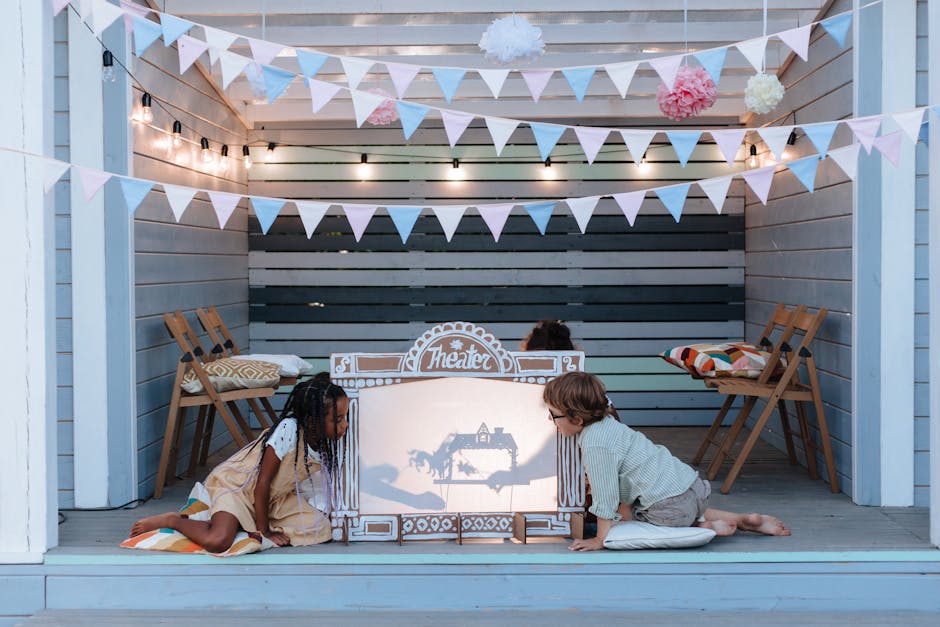
By Ron Lach via Pexels
Building Empathy and Understanding
One of the most compelling aspects of cultural storytelling projects is their ability to foster empathy and understanding among individuals from diverse backgrounds. By sharing personal stories that illuminate the human experience in all its complexity, these projects break down barriers of prejudice and ignorance, opening hearts and minds to new perspectives and realities. Through the power of storytelling, we can cultivate a more compassionate and inclusive society.
The Refugee Project is a poignant example of how storytelling can bridge cultural divides and build empathy. Through a series of multimedia exhibitions, films, and workshops, the project showcases the stories of refugees from around the world, shedding light on their struggles, triumphs, and aspirations. By humanizing the refugee experience through personal narratives, the project challenges stereotypes and misconceptions, fostering a greater sense of solidarity and compassion for displaced populations.
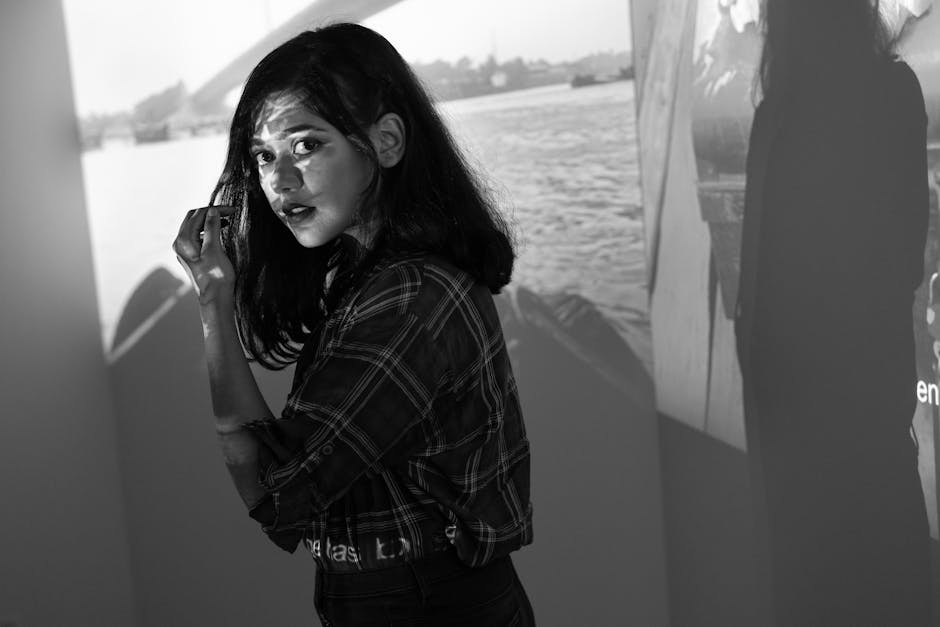
By Azraq Al Rezoan via Pexels
Empowering Marginalized Voices
Cultural storytelling projects have the potential to amplify the voices of marginalized communities and empower individuals who have been historically silenced or oppressed. By providing a platform for these voices to be heard, these projects challenge dominant narratives and offer a counterbalance to mainstream representations of culture and identity. Through storytelling, marginalized communities can reclaim their agency and advocate for social justice and equality.
The Black Lives Matter Global Network is a powerful example of a cultural storytelling project that has galvanized a movement for racial justice and equity. Through social media campaigns, art installations, and community events, the network amplifies the voices of Black individuals and communities, highlighting the systemic racism and inequality they face. By centering the narratives of Black lives, the network challenges the status quo and calls for meaningful change in society.
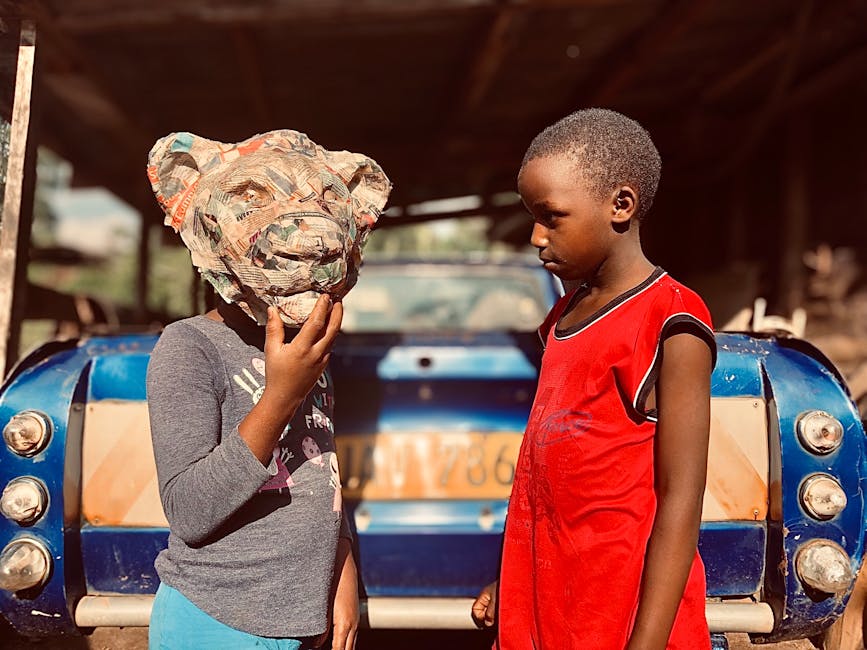
By Ricky SUN via Pexels
Challenges and Controversies
While cultural storytelling projects have the potential to bring about positive change and transformation, they are not without challenges and controversies. One of the key issues facing these projects is the question of representation and appropriation. In telling the stories of marginalized communities, there is a risk of outsiders speaking on behalf of those communities or misrepresenting their experiences. It is essential for cultural storytelling projects to prioritize authentic representation and collaboration with community members to ensure that their voices are accurately and respectfully portrayed.
Another challenge that cultural storytelling projects face is the issue of sustainability and funding. Many of these projects rely on grants, donations, and volunteer labor to operate, making them vulnerable to fluctuations in funding and resources. To ensure the long-term viability of cultural storytelling projects, it is crucial to establish sustainable funding models, cultivate partnerships with institutions and organizations, and engage in ongoing dialogue with stakeholders to garner support and investment.
Expert Opinions
According to Dr. Karen Engle, a cultural anthropologist and storytelling expert, “Cultural storytelling projects have the power to transform how we perceive ourselves and others, fostering empathy, understanding, and connection across diverse communities. By listening to and sharing stories that reflect the complexity and diversity of human experience, we can build a more inclusive and equitable society where every voice is heard and valued.”
Conclusion: Weaving the Threads of Humanity
As we navigate an increasingly complex and interconnected world, cultural storytelling projects offer a beacon of hope and resilience, shining a light on the shared humanity that unites us all. Through the act of storytelling, we have the power to transcend boundaries of culture, language, and geography, forging connections that celebrate our differences and honor our commonalities. By embracing the transformative potential of cultural storytelling, we can create a more just, equitable, and compassionate society where every voice is heard and every story is valued.
Let us continue to weave the threads of humanity through the art of storytelling, preserving the rich tapestry of human experience for generations to come. Long story short, cultural storytelling projects are not just about sharing stories they are about shaping the narrative of our collective future.

